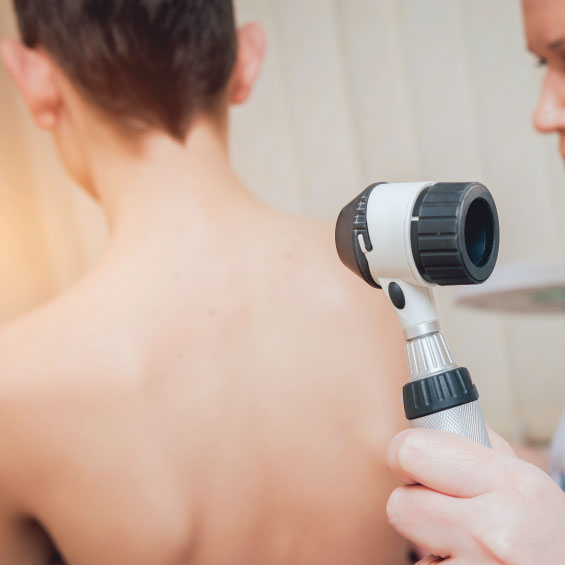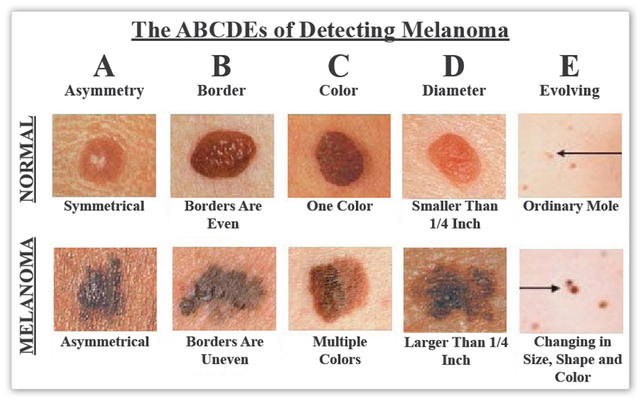Mole Check
Early Detection for Peace of Mind
Mole checks are an essential part of skin health maintenance, focusing on the assessment of moles and other skin lesions for any changes that could indicate skin cancer.
Early detection is crucial in managing skin cancer effectively, making regular mole checks an important practice for everyone.




Why Are Mole Checks Important?
Early Detection of Skin Cancer: Regular checks can help identify suspicious moles or changes in existing moles that may indicate skin cancer, particularly melanoma.
Peace of Mind: Routine evaluations can alleviate concerns about new or changing moles, providing reassurance about your skin health.
Monitoring Changes: Keeping track of changes in size, shape, color, or texture can help you and your dermatologist spot potential issues early.
What to Expect During a Mole Check
During a mole check, your doctor will:
Conduct a Visual Examination: Assess your skin for any unusual moles or lesions, using a dermatoscope for a closer look.
Ask About Changes: Inquire about any recent changes you’ve noticed in your moles, including itching, bleeding, or changes in appearance.
Take Photographs: For ongoing monitoring, your dermatologist may take photographs of your moles to compare during future visits.
Discuss Risk Factors: Review any personal or family history of skin cancer and discuss sun protection measures.
When to Schedule a Mole Check
It’s recommended to have a professional mole check at least once a year, especially if you have:
A family history of skin cancer
Many moles (more than 50)
A history of sunburns or excessive sun exposure
Fair skin, light hair, or light eyes
Just a few of our FAQs
How often should I have a mole check?
It is generally recommended to have a mole check once a year, but individuals with higher risk factors may need more frequent evaluations.
What should I look for in my moles?
Look for changes in size, shape, color, or texture. A mole that itches, bleeds, or appears asymmetrical should be evaluated by a dermatologist.
What are the signs of a potentially dangerous mole?
The ABCDE rule is helpful:
Asymmetry: One half is different from the other.
Border: Irregular, scalloped, or poorly defined edges.
Colour: Varied shades or uneven colour.
Diameter: Larger than 6mm (about the size of a pencil eraser).
Evolving: Changes in size, shape, or colour over time.
Will a mole check hurt?
No, a mole check is a painless procedure. The dermatologist may use a dermatoscope, which is a handheld device that helps examine moles closely without discomfort.
Is skin cancer only a concern for fair-skinned individuals?
No, while fair-skinned individuals are at higher risk, people of all skin types can develop skin cancer. Regular checks are important for everyone.
Get in Touch
Don’t wait to prioritise your skin health.
Schedule a consultation with our experienced dermatologists at Skin Health Clinic to have your moles assessed and ensure peace of mind.
Early detection is key to effective treatment, so take the first step towards healthier skin.